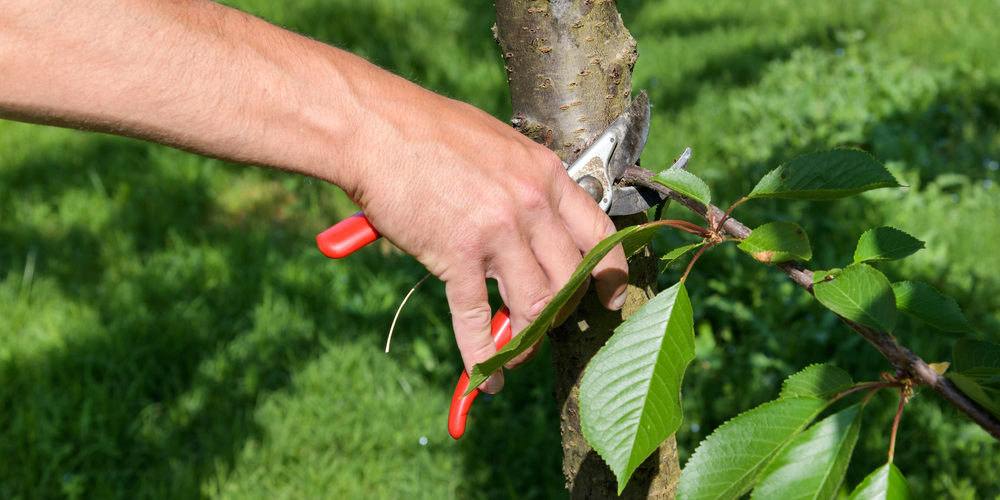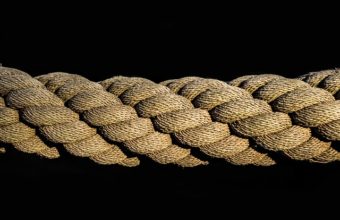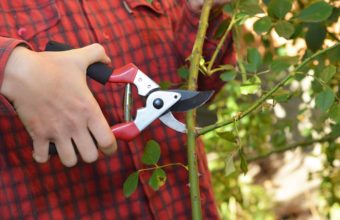Yes, it is generally okay to cut lower branches off trees, and in many cases, it is a recommended practice for several reasons.
Here are several benefits of cutting lower branches off trees…
- Clearance – Removing lower branches provides clearance for pedestrian and vehicular traffic, structures, and other landscaping elements. This can help improve safety and aesthetics in your yard or garden.
- Lawn Maintenance – Pruning lower branches can make it easier to mow the lawn and perform other maintenance tasks underneath the tree.
- Sunlight and Air Circulation – Raising the canopy can increase sunlight penetration and air circulation around the tree and the surrounding landscape, which can benefit the health of both the tree and the understory plants.
- Reducing Pests and Disease – Removing low-hanging branches can reduce the likelihood of pests and diseases spreading from the ground to the tree’s canopy.
- Improving Sightlines – Trimming lower branches can improve sightlines for better visibility on your property.
When pruning lower branches, it’s important to follow proper pruning techniques:
- Make clean, sharp cuts just outside the branch collar and branch bark ridge (the swollen area where the branch attaches to the trunk).
- Avoid leaving stubs, as they can lead to decay and disease.
- Prune branches that are small in diameter and not vital for the tree’s structure or appearance.
- Avoid over-pruning, as removing too many lower branches can disrupt the natural balance of the tree and lead to sunscald on the exposed trunk.
Few considerations to keep in mind…
- Tree Species – Some tree species are more tolerant of lower branch removal than others. Consult with an arborist or tree care professional for advice on specific species.
- Tree Age – Younger trees tend to handle lower branch removal better than mature trees. Older trees may have established lower branches that are important for their stability and structure.
- Timing – The best time to prune lower branches is during the dormant season (winter), as it minimizes stress on the tree and reduces the risk of disease transmission. Light pruning can be done during the growing season if necessary.
- Local Regulations – Be aware of any local regulations or permits required for pruning trees, especially if the tree is in a protected area or if it’s a heritage tree.
It is generally acceptable to cut lower branches off trees when done thoughtfully and with consideration for the tree’s health and structure. Consulting with a certified arborist or tree care professional can provide valuable guidance for proper pruning practices for your specific tree and situation.






